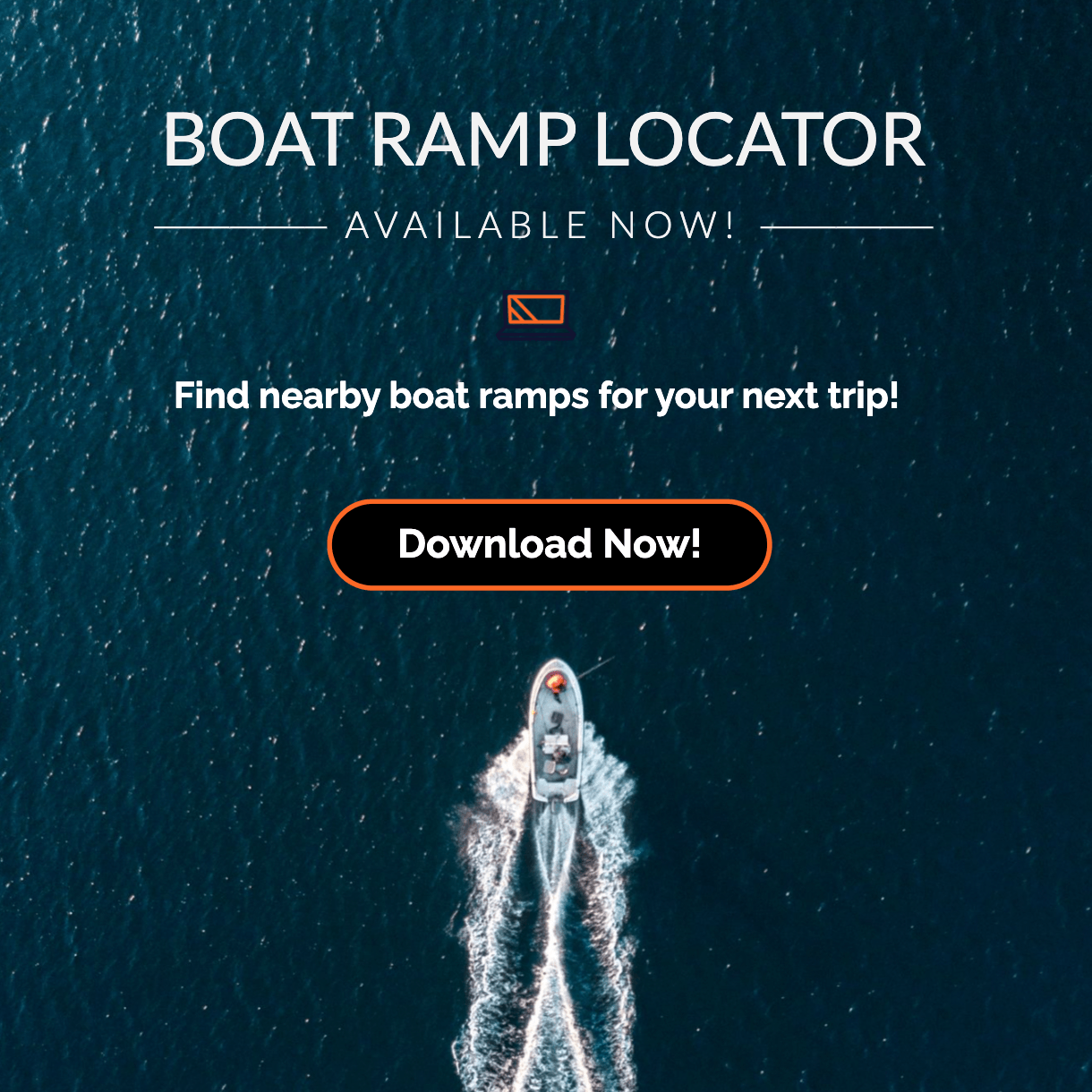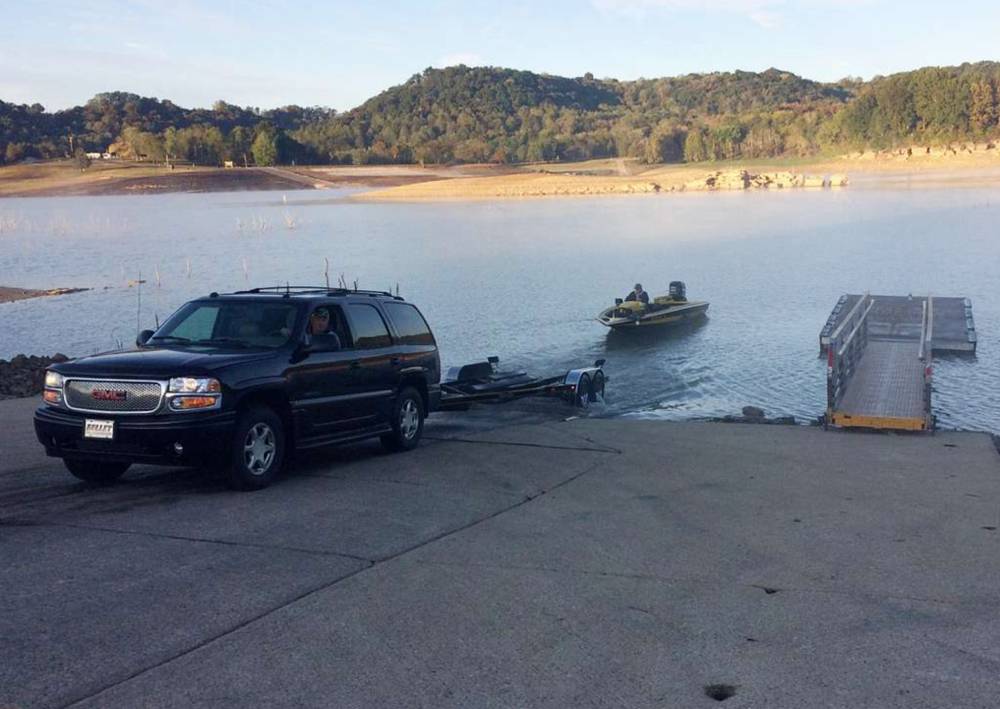

By Craig Wheeler
Mon Jun 09 2025
Step-by-Step Guide to Launching a Boat Safely for Beginners
Step-by-Step Guide to Launching a Boat Safely for Beginners
Launching a boat for the first time can be both thrilling and intimidating. Whether you’re heading out for a relaxing day on the lake or preparing for a fishing adventure, a smooth boat launch is essential for safety and confidence on the water. This step-by-step guide is designed to help beginners understand the complete process—from preparation to launching and retrieving your boat—ensuring your boating experience starts without a hitch.
Why Proper Boat Launching Matters
Launching a boat isn’t just about backing it into the water. It’s about safety, etiquette, and efficiency. A well-executed boat launch minimizes risks of accidents, damage to your boat or trailer, and delays for others at the ramp.
Step 1: Pre-Launch Preparation
Before even approaching the ramp, take time to prep your boat away from the launch line. This step involves making your boat ready before you enter the busy area of the ramp. You should ensure that all your gear is properly loaded, safety checks are complete, and basic maintenance tasks are addressed. This includes removing transom straps, inserting the drain plug to prevent water from entering, loading supplies, checking your battery and fuel levels, and ensuring all safety gear is onboard. Additionally, disconnecting trailer lights can prevent electrical shorts caused by water contact. Efficient pre-launch preparation avoids delays and promotes safe ramp usage.
Checklist Before You Arrive at the Ramp:
- Remove the transom straps
- Install the drain plug
- Load gear and supplies
- Check fuel and battery levels
- Disconnect trailer lights (if necessary)
- Secure the bow line
This minimizes the time you spend at the ramp and keeps the traffic flowing smoothly.
Step 2: Inspect the Launch Area
When you arrive at the boat launch site, take a few moments to inspect the area. Surveying the ramp and surrounding area gives you a good understanding of the conditions you’ll be working with. Look for posted signs indicating rules, water depth, tides, and hours of operation. Assess the slope of the ramp, current flow, and note any visible debris or slippery algae-covered spots. Observing the behavior of other boaters can also give you a clue about potential trouble spots. Proper inspection ensures you’re not taken by surprise during the launch.
- Look for any posted signs or regulations
- Assess the slope and depth of the ramp
- Identify obstacles or slippery spots
- Observe wind and current conditions
Understanding the environment can help you adapt your technique and reduce risks.
Step 3: Position Your Vehicle and Trailer
Carefully back your vehicle toward the ramp. This is often the trickiest part for beginners. Take your time to properly align the trailer with the boat ramp. Engage your vehicle in reverse slowly while relying on your side mirrors and making small, calculated steering corrections. Back in until the trailer bunks or rollers are submerged to an appropriate level, which depends on your boat’s size and ramp angle. If possible, have a spotter guide you to prevent over-correction or jackknifing. Using visual markers or practicing in an empty lot beforehand can significantly improve your trailer backing skills.
Tips for Backing Up a Trailer:
- Use your side mirrors, not just your rearview mirror
- Go slowly and make small steering adjustments
- Ask a spotter to guide you, if possible
- Align the trailer straight with the ramp
Once your trailer is partially submerged and your boat begins to float, you’re ready for the next step.
Step 4: Launch the Boat
Now it’s time to get the boat off the trailer and into the water safely. Make sure your vehicle is in park and the parking brake is firmly engaged before exiting. Remove the winch strap and safety chain once the boat is floating enough to be gently pushed. Use bow and stern lines to guide the boat off the trailer without it drifting away or colliding with the ramp or dock. If wind or current is strong, maintain control by assigning someone to hold the bow line while you secure the stern. Once launched, immediately move your boat to a designated tie-off area to keep the ramp clear for others.
Launching Process:
- Put the vehicle in park and set the parking brake
- Unhook the winch strap or safety chain
- Gently guide the boat off the trailer using the bow and stern lines
- Move the boat to the dock or tie-off area promptly
Be sure to park your vehicle and trailer in the designated area before boarding the boat.
Step 5: Docking and Final Checks
With the boat in the water and secured, it’s time for a few final checks before heading out. Start your engine while the boat is tied to the dock and let it idle for a couple of minutes to ensure it is running smoothly. Listen for unusual sounds, check the gauges for any warning indicators, and make sure the steering and throttle are responsive. Confirm that your passengers are wearing life jackets, and that all required equipment—like fire extinguishers, navigation lights, and a throwable floatation device—are in place and operational. Once you’re confident everything is set, untie and head out into open water.
- Start the engine and let it idle for a few minutes
- Check for any abnormal sounds or warning lights
- Ensure all safety gear is onboard
- Confirm life jackets are available for all passengers
When everything checks out, you’re ready to enjoy your boating day.
Step 6: Retrieving the Boat
When your day on the water is over, retrieval is the final step. Begin by preparing the trailer and reversing it back into the water at the same angle and depth used during launch. Slowly approach the trailer using minimum throttle to maintain control, aligning the boat with the center of the trailer. Winch the boat securely into position, then reattach the safety chain and tighten the bow eye. Drive the vehicle up the ramp slowly, drain any bilge water, and re-secure the transom straps. Inspect the boat and trailer to ensure everything is secure before leaving the launch site.
Steps for a Smooth Retrieval:
- Prepare the trailer and back it into the water
- Approach the trailer slowly and align the boat
- Use the winch to pull the boat onto the trailer securely
- Attach the safety chain and re-secure the bow
- Drain any remaining water and re-attach transom straps
Always be courteous to others waiting by keeping the process smooth and efficient.
Boat Ramp Etiquette for Beginners
Observing boat launch etiquette makes the experience better for everyone. Good etiquette is crucial, especially at busy public ramps. Begin by conducting all pre-launch activities in the staging area, not on the ramp. Be courteous and patient with other boaters, and don’t occupy the ramp longer than necessary. Always be prepared to assist others if asked, and avoid loud music or aggressive behavior. Keeping the ramp area clean and free from trash or gear also demonstrates respect for the environment and your fellow boaters. A little patience and awareness go a long way at busy launch sites. Following these simple guidelines helps create a positive atmosphere and minimizes conflicts.
- Complete prep work away from the ramp
- Be quick and efficient
- Help others if you see them struggling
- Keep the ramp clear for the next boater
Common Mistakes to Avoid
Beginner mistakes often stem from rushing or skipping essential steps. One of the most frequent is forgetting to insert the drain plug, which can lead to a flooded boat. Others include backing in too quickly, which can result in damage to the trailer or surroundings, and failing to trim the motor up, which may cause the propeller to scrape. Doing prep work on the ramp holds everyone up and frustrates other boaters. Take your time, use checklists, and always double-check everything before proceeding. Avoiding these mistakes can prevent damage and embarrassment.
Even experienced boaters make mistakes. Here are some to steer clear of:
- Forgetting the drain plug
- Backing in too fast
- Holding up the ramp with prep work
- Not checking water depth
- Forgetting to trim up the engine when loading/unloading
Safety Tips for Every Boat Launch
Safety should always be your top priority. Whether you are launching solo or with a crew, keeping safety front and center is non-negotiable. Always wear a personal flotation device (PFD) when near the water, especially if conditions are slippery or unstable. Use wheel chocks if you’re on a steep incline and always set your vehicle’s parking brake. Assign roles to passengers so everyone knows their task and stays clear of danger zones like under the trailer or behind the propeller. Double-check that your engine is off during boarding and loading activities. These precautions can prevent serious accidents.
- Always wear a life jacket near the water
- Use wheel chocks on a steep ramp
- Communicate clearly with your crew
- Be cautious on slippery surfaces
- Never leave a running vehicle unattended on the ramp
Final Thoughts: Confidence Comes with Practice
Launching a boat can be daunting at first, but it becomes second nature with practice. Use this guide as a checklist each time until you’re fully comfortable. Remember, every safe and respectful launch helps preserve access and enjoyment for everyone.
Gaining confidence at the boat ramp takes time, and mistakes are part of the learning curve. Don’t be discouraged if your first few launches aren’t perfect. Practice trailer backing in an empty lot, observe experienced boaters, and ask questions when needed. Over time, your speed and accuracy will improve, and launching will become a routine part of your boating adventure. Keep a positive attitude and always prioritize learning and safety.
Happy boating!
SEO Meta Information
Meta Title: Step-by-Step Boat Launch Guide for Beginners | Safe & Easy
Meta Description: Learn how to safely and efficiently launch a boat with this step-by-step beginner’s guide. Perfect your boat launch technique with expert tips and safety advice.
FAQs
Q1: What should I do if I’m nervous about launching my boat for the first time?
Practice backing up your trailer in an empty parking lot and consider going with an experienced friend your first time.
Q2: Can I launch a boat by myself?
Yes, with proper preparation and the right setup, solo launching is entirely possible. A bow line and secure tie-off point are key.
Q3: What is the best time of day to launch a boat?
Early morning or late afternoon typically offer less crowded ramps, making it easier for beginners.
Q4: Do I need a special license to launch a boat?
While boat launching doesn’t require a license, operating the boat may, depending on your state or country’s regulations.
Q5: How deep should the trailer go into the water?
Generally, submerge the trailer until about 2/3 of the bunks or rollers are underwater. Adjust based on ramp steepness and boat size.
Looking for boat ramps near you? Use our free app to find launch locations with facility info and directions. Save your favorite boat ramps for quick access anytime. Download Boat Ramp Locator on Google Play.
Related Articles
-
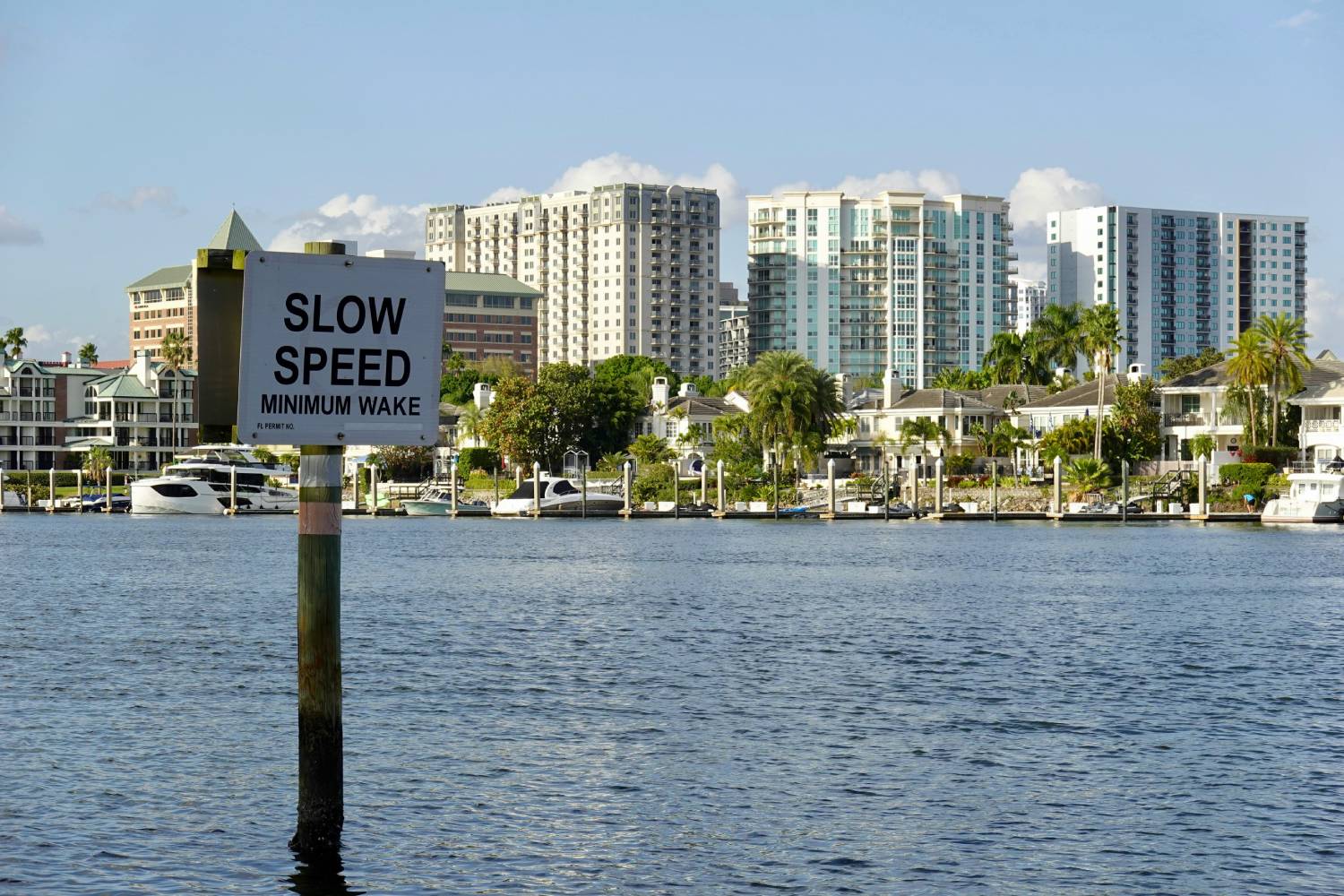 Sat Jul 19 2025
Sat Jul 19 2025Guide to Boat Ramps in Tampa Bay
Tampa Bay has no shortage of accessible boat ramps, and many of them are open around the clock.
-
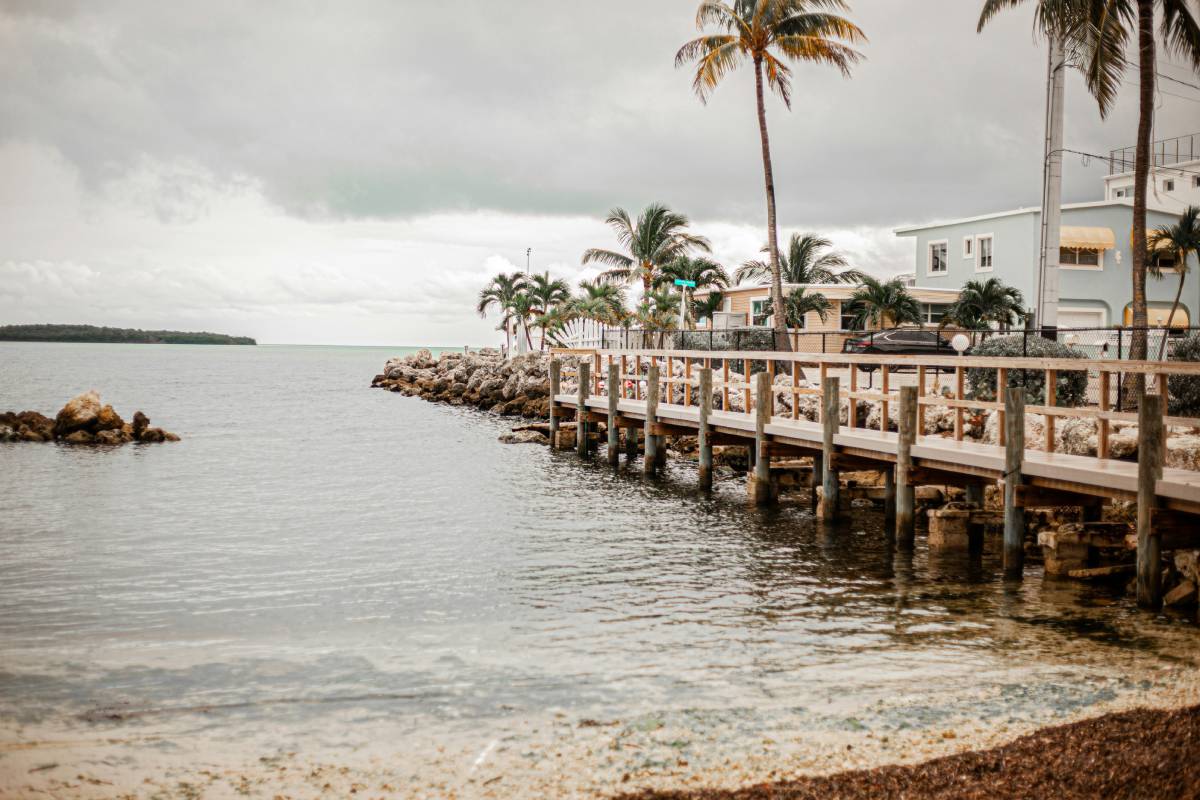 Sat Jul 12 2025
Sat Jul 12 2025Top 10 Hotels With Boat Docks in the Florida Keys
Finding a hotel that also offers boat docking can turn a good trip into an unforgettable seafaring a
-
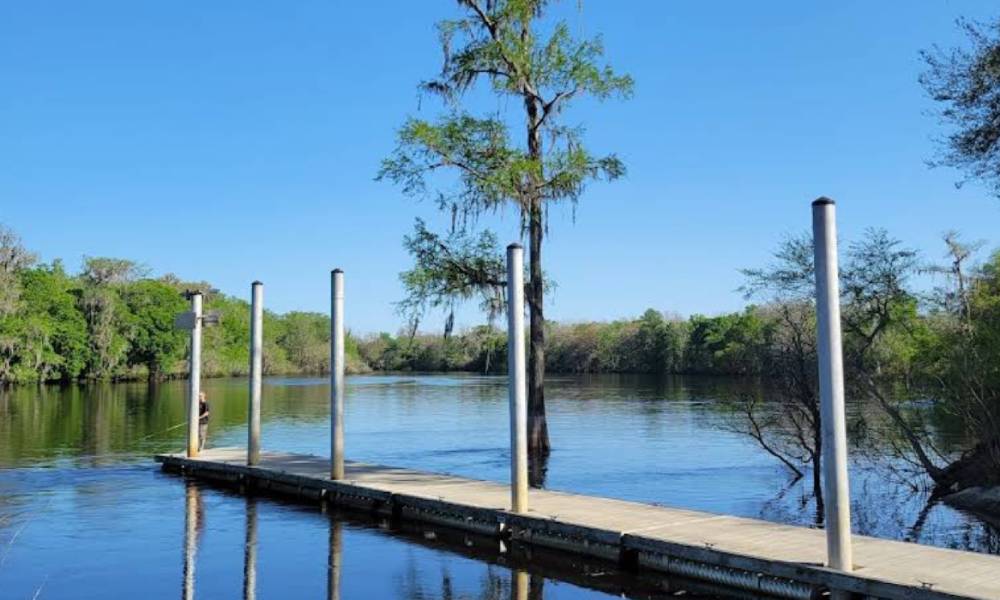 Wed Jul 09 2025
Wed Jul 09 2025How to choose the best boat ramp on the Suwannee River for your boat size.
The Suwannee River is a legendary waterway in North Florida, winding through cypress forests, limest
